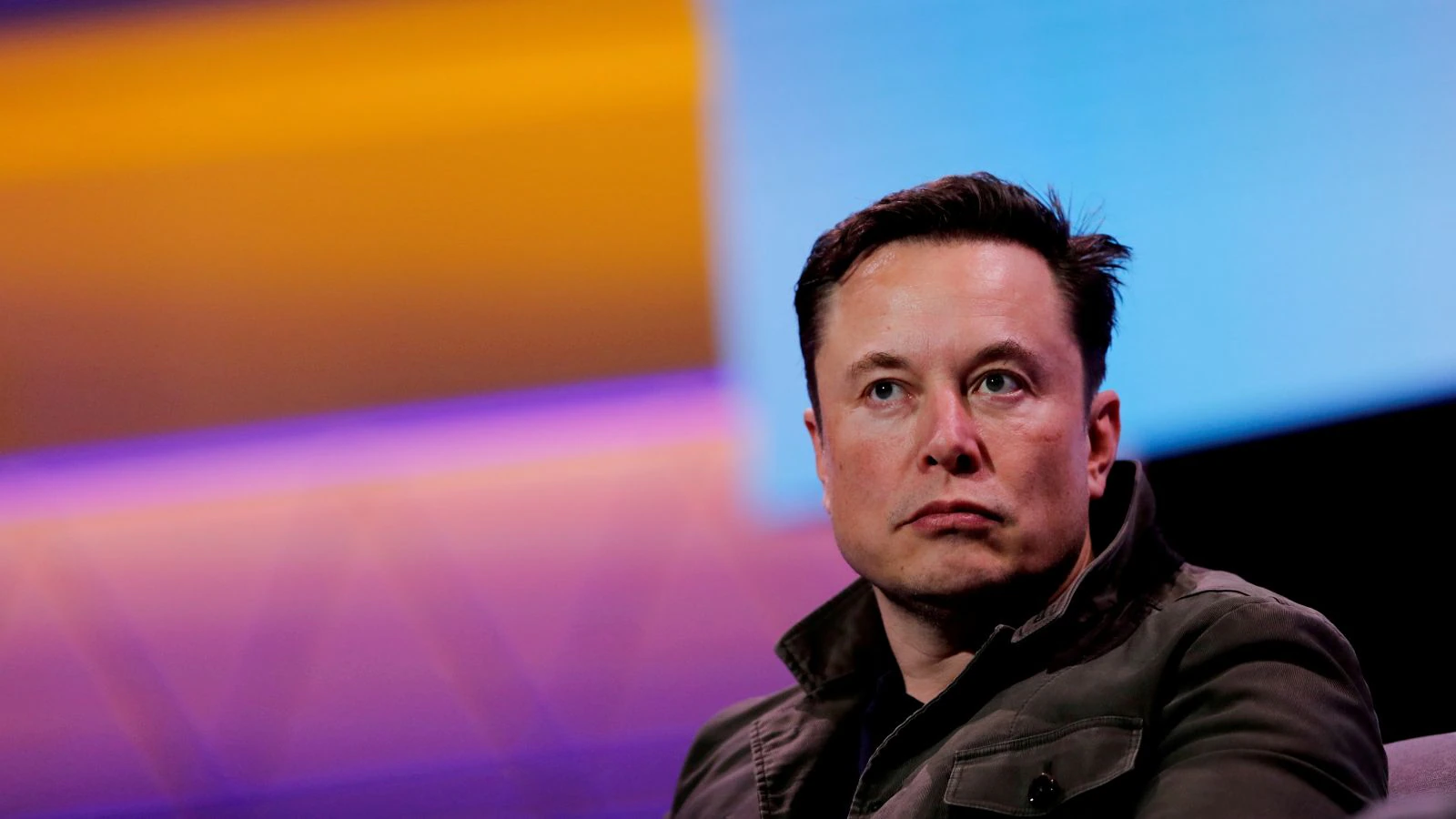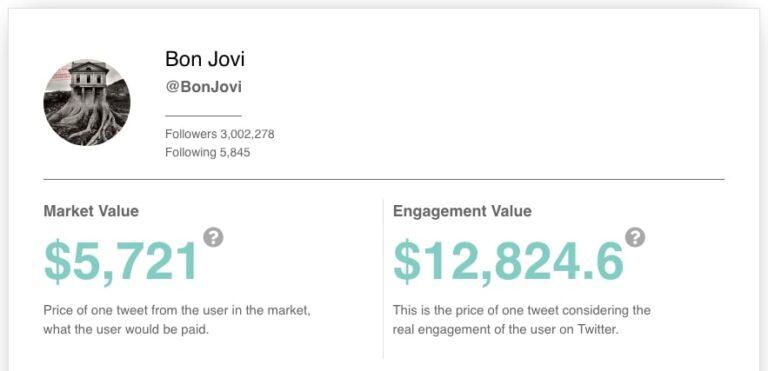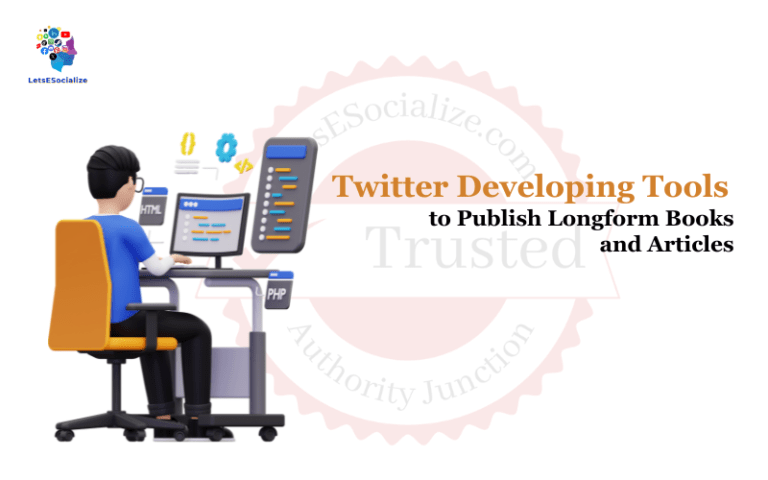Twitter, the popular social media platform, has been embroiled in controversy ever since billionaire Elon Musk acquired it for $44 billion in October 2022. What initially seemed like a business deal soon spiraled into a saga of lawsuits, firings, feature rollbacks, and chaos – now infamously dubbed “Twittergate.”
This comprehensive guide unpacks the Twittergate scandal, analyzing the key events, players, and implications of Musk’s tumultuous Twitter takeover.
Table of Contents
A Timeline of Events That Unfolded Post-Acquisition
Here’s a detailed timeline of how Twittergate played out:
April 2022: Musk offers to buy Twitter for $54.20 per share, valuing the company at $44 billion. After initial resistance, Twitter agreed to the deal in late April.
May 2022: Musk begins having second thoughts as Twitter’s spam/bot accounts are revealed to be higher than disclosed. He puts the deal “on hold” in mid-May.
July 2022: Musk tries to terminate the deal but Twitter sues him to force it through. The case is scheduled for trial in October 2022.
October 2022: As the trial looms, Musk has a change of heart and completes the Twitter acquisition on October 27 by paying $54.20 per share.
October-November 2022: Musk cleans house at Twitter, firing executives like CEO Parag Agrawal, CFO Ned Segal, and policy chief Vijaya Gadde.
November 2022: Mass layoffs commence as Musk cuts 50% of Twitter’s workforce. Key content moderation experts are let go.
November 2022: Musk institutes controversial features like $8 verification and allowing banned accounts like Trump back on the platform. Advertisers flee over content concerns.
November 2022: Musk sends an ultimatum to staff to commit to “extremely hardcore” work or quit with severance pay. Two-thirds of the remaining employees quit as a result.
November 2022: With limited staff left, Twitter rolled back several planned features like end-to-end encryption to keep the platform running. User growth stalls.
December 2022: Twitter converts offices into makeshift bedrooms as engineers sleep at work to keep Twitter alive after mass resignations.
January 2023: Twitter is sued by landlords over unpaid rent for its San Francisco headquarters and other offices.
February 2023: Twitter files for bankruptcy after accumulating massive debt and losses under Musk.
This sums up the chaotic chain of events around Musk’s acquisition that led Twittergate to become a major tech/business scandal with global ramifications.
Elon Musk’s Role & Motivations Behind Twitter Takeover
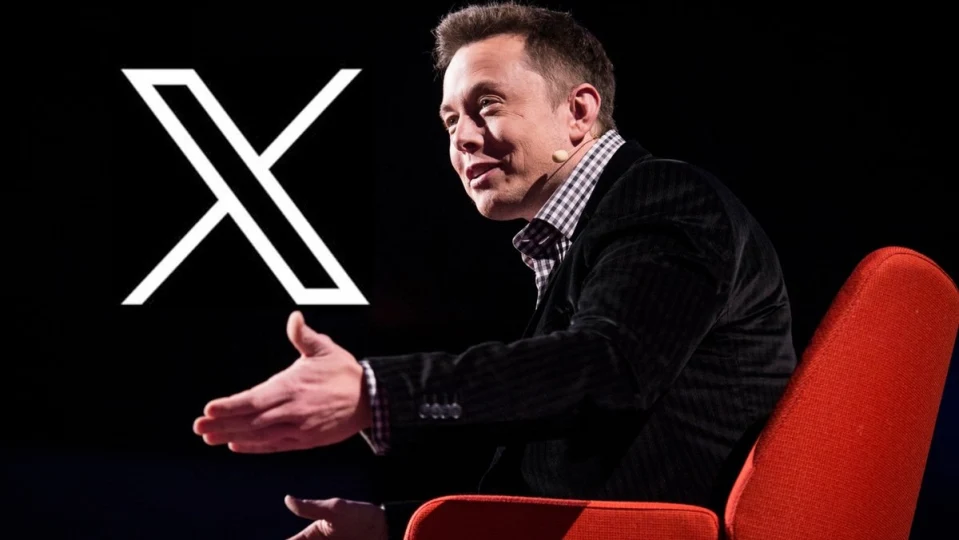
Elon Musk was the driving force whose actions and decisions shaped the Twittergate saga at every stage. But what motivated the controversial billionaire to take over Twitter in the first place?
Free speech purism – Musk called himself a “free speech absolutist” and wanted to make Twitter a truly open platform with minimal moderation and maximal free expression allowed within legal bounds.
Axing spambots – Musk aimed to eliminate fake/spam accounts which he believed were much higher than Twitter’s claimed 5% of users. He wanted Twitter to be about “real people”.
Boost monetization – Musk sought to boost Twitter’s revenue streams via initiatives like the $8 verification fee and emphasized subscriptions over ads.
Trigger liberals – Some believe Musk wanted to provoke liberal personalities by restoring banned accounts like Donald Trump’s as an act of trolling.
Feed ego – Musk has been accused of buying Twitter on a whim to satiate his own ego as one of the few tech moguls without a social media company.
Gain influence – Owning Twitter expanded Musk’s power to shape narratives and sway public opinion worldwide across geopolitics, business, culture, etc.
In essence, Musk saw himself as a champion of free speech who wanted to take control of Twitter to remake it in his own vision. But his controversial moves and dictatorial management style ended up deeply polarizing Twitter users and employees while raising concerns over its operational stability.
Also read: Elon Musk’s $44 Billion Twitter Takeover Case Study
Donald Trump’s Reinstatement & Its Political Implications
One of Musk’s most debated decisions was to restore Donald Trump’s Twitter account in November 2022, after the former US President was banned following the Jan 6 Capitol riots. Here’s an analysis of Trump’s retaking of Twitter and what it signified:
- Trump is seen as a potential 2024 presidential candidate and frontrunner for the Republican nomination. His return to Twitter expands his reach.
- Musk lets Trump back despite Twitter’s lifelong ban due to inciting violence on Jan 6. Raises concerns over selective enforcement.
- Trump gets access to key campaigning tools and a direct line to supporters before the 2024 election season.
- The Twitter takeover gives right-wing/conservative voices an asymmetrical advantage on major online platforms.
- Liberals outraged as Trump regains megaphone to amplify rhetoric and false claims that led Twitter to ban him originally.
- Normalizes behavior that social media sites prohibited after Jan 6 and sets a precedent for other banned leaders globally.
- Adds to skepticism and lack of trust in social media platforms maintaining consistent policies and rules.
Overall, Trump’s reinstatement was a politically charged move by Musk that reignited debates around online censorship, free speech limits, social media regulations, and the digital landscape ahead of the 2024 US elections.
The Mass Layoffs Controversy & Impact on Twitter

In early November 2022, Musk laid off almost 50% of Twitter’s staff – around 3,700 employees. This overnight downsizing created shockwaves and attracted immense criticism.
Here’s an examination of the Twitter layoffs controversy:
- Employees were abruptly fired by email without notice, devastating Twitter’s workforce.
- Mission-critical teams like content moderation, cybersecurity, and machine learning were gutted, leaving Twitter vulnerable.
- Layoffs are seen as rushed, arbitrary, and biased, with little planning by Musk on business impact.
- Lack of adequate staff puts Twitter at high risk of outages, hacks, misinformation, and losing advertisers.
- Mass resignations followed as employees lost trust in the company’s direction under Musk. Twitter hemorrhaged talent.
- Without enough workforce and attrition of top performers, Twitter struggled to maintain site stability and roll out features.
- User growth and engagement dropped as people looked for alternative platforms due to content concerns.
- Advertisers paused spending and fled Twitter over brand safety fears and unreliable service. Revenue plummeted.
The sweeping layoffs severely damaged Twitter’s health and standing as a mainstream social platform. It illuminated Musk’s failings as an operational leader and how his actions endangered Twitter’s future.
The Fallout of the $8 Blue Verification Fee
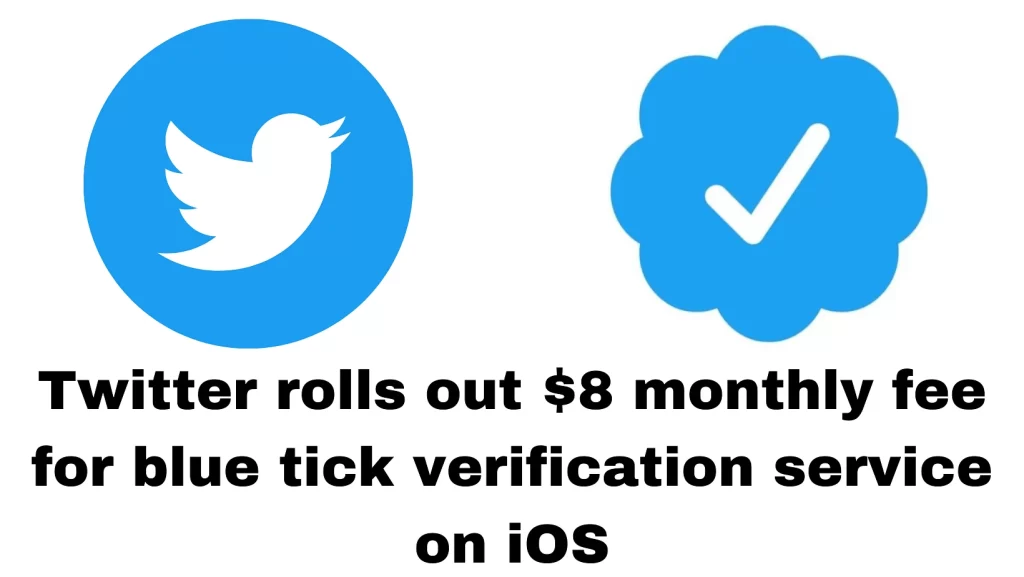
Musk’s move to charge $8 per month for Twitter’s blue verification badge was his most direct monetization effort – but it soon backfired. Let’s break down what went wrong:
- Verification is seen as a mark of authenticity but Musk made it a paid feature, incensing users.
- Impersonators bought verification pretending to be brands, celebrities, politicians, etc. spreading misinformation.
- Forced monetization of basic features like verification felt like holding accounts hostage, not adding value.
- Musk underestimated how verification was a status symbol tied to identity. Removing that upset many long-term users.
- Those refusing to pay $8/month for verification felt degraded into second-class citizens on Twitter.
- Chaos around verification created distrust in knowing if accounts and info on Twitter are credible.
- Advertisers grew more concerned about brand impersonation spreading unchecked due to paid verification.
While aiming to boost revenue, Twitter’s $8 verification fee compromised platform integrity and credibility. It symbolized Musk’s focus on monetization over ethics – accelerating Twitter’s loss of users and advertisers.
The Cascading Effects That Crippled Twitter
Twittergate culminated in a downward spiral where Musk’s controversial decisions fed into each other severely damaging the platform’s stability and reputation.
1. Mass layoffs -> loss of talent and manpower -> inability to maintain site reliability and rollout features
2. Lifting bans on toxic accounts -> rise in mis/disinformation -> loss of trust and advertisers pulling spending -> revenue crisis
3. Verification fee -> impersonation and confusion -> more loss of advertisers and users fleeing
4. Dictatorial management style -> employee exodus -> crippling Twitter’s workforce -> platform outages
5. Prioritizing monetization -> compromising platform integrity -> user growth shrinking
This cascading collapse shattered Twitter economically and operationally. It exposed the naivety in Musk’s leadership – his kneejerk decisions unraveled Twitter rapidly, exacerbating its downfall through interconnected effects.
Key Takeaways & Lessons from Twittergate
Looking back, the Twittergate saga offers some crucial takeaways:
- Autocratic leadership and unilateral control can damage company culture, agility, and stability.
- Loyal users, employees, and advertisers are a social platform’s true assets – not be taken for granted.
- Policy inconsistencies and conflicts of interest breed distrust and skepticism.
- Transparency and steady partnerships must drive monetization – not gimmicks.
- Competent, ethical management is vital, especially with Web3 around the corner.
- No one person, even a visionary, has all the solutions – collaboration is key.
- Free speech has its limits; some safeguards remain necessary.
- Regulation may be needed as virtual monopolies control online discourse.
The unprecedented upheaval created by Elon Musk’s chaotic Twitter takeover offers valuable lessons for the social media industry as it grapples with balancing privacy, free speech, monetization, and public interest. The episode will live on as a case study of how not to run a platform – recast Twitter’s image globally and fuel the growing techlash.
Conclusion: The Post-Musk Future of Social Media
While Twitter may never fully recover from the reputational and financial damage inflicted by Twittergate, the platforms that emerge now have the chance to learn from their mistakes. This watershed moment can spark social networks to realign their ethics, transparency, and accountability.
As emerging models like Mastodon, Diaspora, and Tumblr gain users disillusioned by Twitter, we may witness the mass decentralized Social Web 2.0 long envisioned. Or Twitter alternatives focused on health and public welfare may arise.
Regardless, Twittergate has shown that any social media seeking dominance faces immense scrutiny. Its leadership must balance stakeholder needs, apply consistent policies, and maintain operational resilience.
Looking ahead at the landscape Twittergate created, the ideal social network will be community-driven, transparent, and guided by shared principles – not just the whims of one individual no matter how powerful. If open and ethical standards govern social platforms, healthy online discourse will follow.

